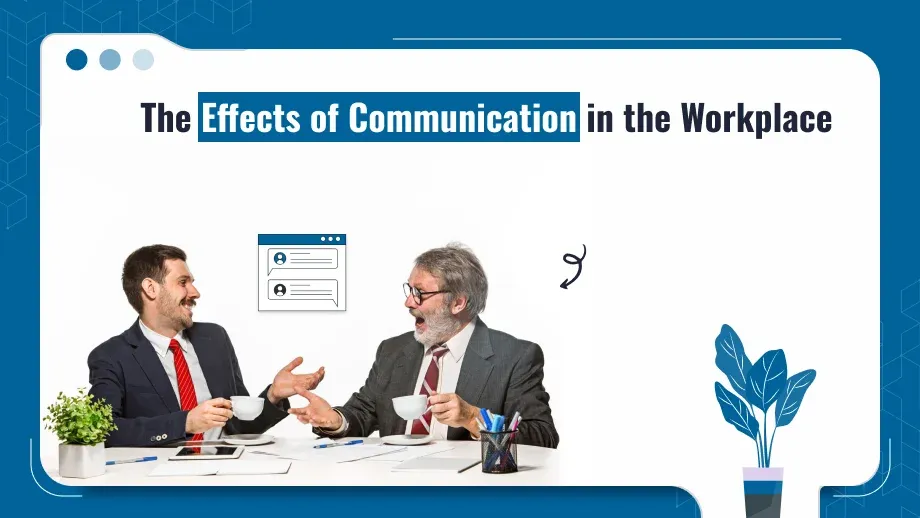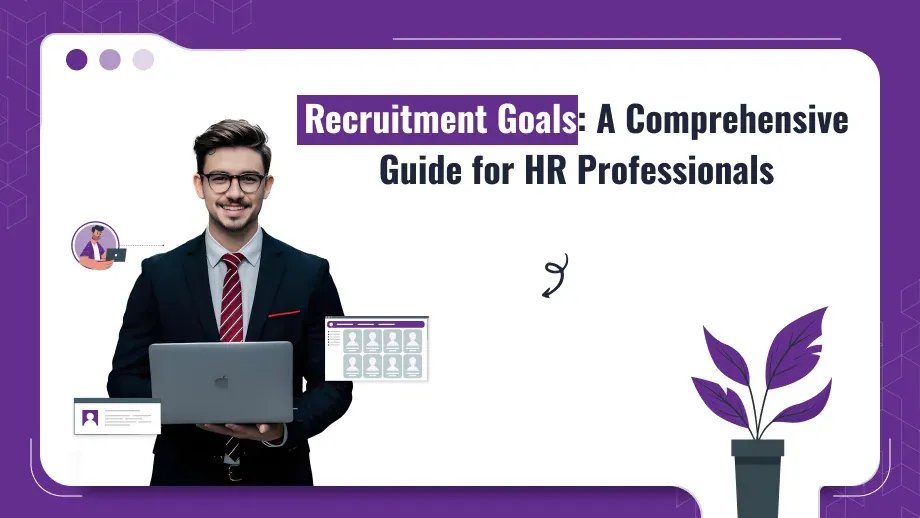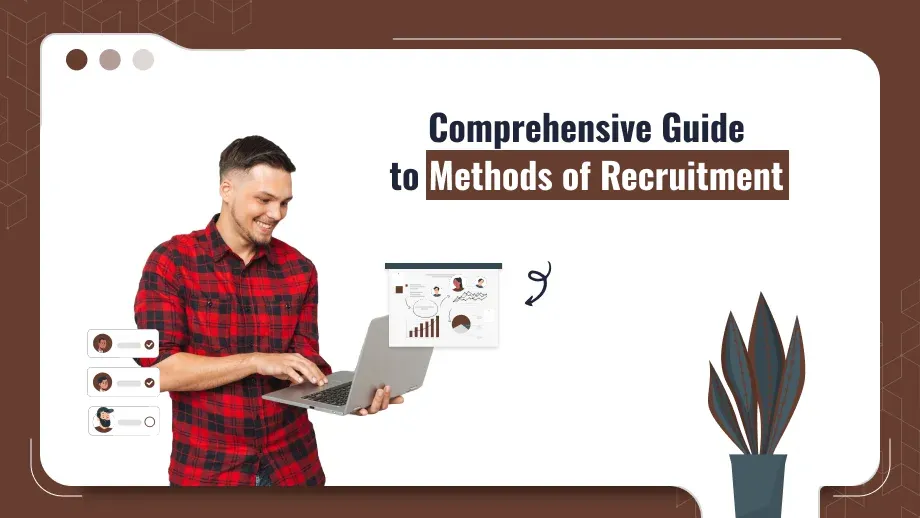
The effects of communication in the work environment are often ignored but it’s a key part of an organization’s success. Whether you’re an HR chief, CHRO, or CEO, understanding and improving communication processes can lead to more efficiency, better employee engagement, and a more beneficial culture. This article will look at the different types of communication processes and the features of communication that impact the workplace so leaders can create a better workplace.
By focusing on the effects of communication HR professionals and executives can develop strategies to improve team collaboration, streamline recruitment, and ultimately drive business results. Let’s get into how communication and the way we communicate can make or break an organization.
What’s Communication?
At its least difficult communication is approximately sharing data but in the workplace, it’s more complex. It’s approximately sharing the right data with the right individuals at the right time. For HR experts this implies representatives get company arrangements, administration desires, and their part in the organization.
In HR the effects of communication go as distant as how well employees perform their occupations and how connected they feel to the company’s reason. When communication breaks down it can lead to errors, diminished morale, and indeed worker turnover. Investigate appears organizations with solid inner communication are 50% more likely to have lower turnover rates.
Your communication strategies should have the maximum impact!
The effects of communication reach every corner of your business — from employee engagement to leadership success.
Types Of Communication Process
1. Verbal Communication
Verbal communication is the use of spoken words, face-to-face or virtual. In HR this is critical for delivering clear messages during job interviews, performance reviews, or team meetings.
- Example in HR: Amid enlistment verbal communication ensures work parts are clarified clearly and desires are set which can progress the candidate encounter. The impacts of communication on modern starters are seen when clear verbal enlightening offer assistance them settle into the company.
- Impact on Representative Engagement: Customary verbal check-ins between supervisors and representatives increment engagement by giving workers a chance to voice their concerns or give feedback.
2. Non-verbal communication
Non-verbal communication is body dialect, facial expressions, signals, and indeed tone of voice. It’s often said actions talk louder than words and in HR and administration non-verbal prompts have an enormous impact.
- Example in Authority: A CEO’s body dialect amid a company assembly can instill certainty in the workforce or cause unease. HR supervisors can utilize non-verbal prompts to gauge the consolation levels of candidates amid interviews, looking to meet interview red flags.
- Why It Things: Non-verbal communication can fortify or negate verbal messages. For example, an open posture or good eye contact can build trust while a lack of engagement or negative gestures can destroy team morale.
3. Written Communication
Written communication is emails, memos, reports, and other documented messages. In HR written communication is used for official policies, performance reviews, and company announcements.
- Why It Things in HR: Clear, brief, and well-organized communication guarantees HR directors all representatives get company approaches and expectations. This sort of communication is basic when utilizing Applicant Tracking Systems (ATS) to communicate with candidates or Candidate Management Systems to track interactions.
- Impact on Recruitment: Good written communication amid the recruitment process sets the tone for the candidate involvement particularly when it comes to sending work offers, dismissal letters, or onboarding instructions.
4. Visual Communication
Visual communication employments pictures, charts, charts, or recordings to communicate data. It’s an effective device for HR experts and administrators to display complex information straightforwardly.
Visual communication uses images, charts, graphs, or videos to communicate information. It’s a powerful tool for HR professionals and executives to present complex data simply.
- Why It Things: HR groups utilize visual help when showing recruitment statistics, employee performance data, or organizational changes to administration groups.
- Impact on Understanding: Visual communication is especially useful when explaining changes to company benefits, and new policies, or during onboarding to help new starters understand their role more clearly.
5. Formal Communication
Formal communication follows the organizational structure and is used for official announcements, business meetings, and policy documentation.
- Example in HR: An official memo sent out by HR concerning changes to company policy is an example of formal communication. This sort of communication is basic for compliance and to ensure all employees get the same information.
- Impact on Workplace Culture: Reliable formal communication reinforces company policies and helps representatives adjust to the organization’s goals and values.
6. Informal Communication
Informal communication is casual interactions between employees. It happens naturally in the workplace and is critical to a healthy work environment.
- Example in Leadership: Informal chats between managers and their teams or HR staff and employees build trust and rapport. These unstructured conversations are important to gauge the mood of the workplace.
- Impact on Group Elements: Casual communication can surface workplace issues that wouldn’t come up in formal gatherings. It too creates a more loose and neighborly climate which can increase representative satisfaction and decrease turnover.
7. Downward Communication
Downward communication is the flow of information from top management to lower-level employees. It’s often directive with instructions or policies being passed down the organizational hierarchy.
- Example in HR: HR uses downward communication to disseminate policies, rules, and organizational changes from executives to employees. This type of communication ensures everyone is aligned with the company’s direction.
- Challenges: One of the effects of communication through downward channels is that it can sometimes be one way where employees feel they’re not being heard. To counteract this HR should encourage feedback loops to make communication two-way.
8. Upward Communication
Upward communication is the flow of information from employees to top management. This type of communication is critical for leadership to be connected with the workforce’s needs, concerns, and ideas.
- Example in HR: Employee surveys, performance reviews, and feedback forms are examples of upward communication that help HR and executives understand employee sentiment and areas for improvement.
- Impact on Engagement: The effects of communication through upward channels include better decision-making by leadership and higher employee engagement as employees feel their voice is heard.
Communication in HR and Leadership
Clarity: Employees should never be left in the dark about their tasks or company policies. The effects of communication that is unclear can lead to confusion, delays, and decreased productivity.
Consistency: Leaders must deliver consistent messages across all channels. This is critical when talking about company values, policies, and performance expectations. Inconsistent messaging can lead to misalignment and hurt the company culture.
Feedback: A feedback loop is essential to improve processes and to make employees feel heard. Effects of communication should be Effective and communication is listening, adapting, and responding to concerns. In recruitment, feedback from candidates and hiring managers can lead to better hiring decisions and a better candidate experience in recruitment.
Brevity: HR pioneers must keep their messages brief and sweet to not overpower representatives with as well as much data. This is especially important when sending out policy changes or recruitment guidelines through Applicant Tracking Systems.
Communication and Organizational Culture
The impacts of communication on company culture are gigantic. Open and straightforward communication builds belief and collaboration. Workers who feel educated and esteemed will lock in and contribute to a positive work environment. Destitute communication can lead to disarray, withdrawal, and indeed resentment.
For example, regular updates from HR on company policies, diversity initiatives, and performance metrics will reinforce a strong and inclusive culture. Lack of communication can lead to issues like Behaviour Warning Letters which are symptoms of deeper organizational communication problems.
HR’s role is to ensure communication is consistent and supportive and reflects the company’s values and culture where everyone feels heard. The effects of communication on organizational culture directly impact employee retention and recruitment as companies compete for top talent.
Communication and Employee Engagement and Retention
Employee engagement is all about how communication flows within the company. Open communication between leadership and employees drives engagement and a sense of belonging and purpose. When employees are included in decision-making and updated regularly on business news they’ll be more motivated and committed to the organization.
The effects on retention are just as big. Employees who are kept informed of company changes, new initiatives, or career development opportunities are less likely to leave. HR has a key role to play in this communication from onboarding to performance reviews and regular check-ins.
Internal communication is one of the most effective ways to reduce turnover. For example, organizations with transparent communication policies are seen as more trustworthy which has been linked to higher retention rates. Recruitment stats show companies with strong communication practices attract and retain top talent.
Communication in Recruitment and Onboarding
Recruitment is one of the areas where the effects of communication are most felt. Clear communication during recruitment means candidates know what to expect from the job, the company culture, and the hiring process.
In onboarding the way communication is managed can shape a new hire’s entire experience. Poor communication in onboarding can lead to confusion frustration and early disengagement. Good structured and transparent onboarding processes will make new hires feel welcome and confident in their role.
Plus HR’s ability to communicate through Interview Red Flags and candidate management systems means the right talent is hired and retained and overall business performance improves.
Communication and Leadership Development
Communication is key to leadership development. HR leaders need to identify and develop future leaders and open communication channels are critical in this process. Regular feedback and mentorship programs help employees develop the skills to progress within the organization.
The effects of communication on leadership development are clear: organizations that put communication and feedback loops first create stronger leaders. HR can facilitate this by providing leadership training programs, setting up mentoring opportunities, and ensuring leaders communicate with their teams.
Conclusion
The effects of communication in the workplace are huge. From recruitment to leadership development communication touches everything. For HR professionals and executives, clear, consistent, and open communication is key to a positive work environment, employee engagement, and business success.







